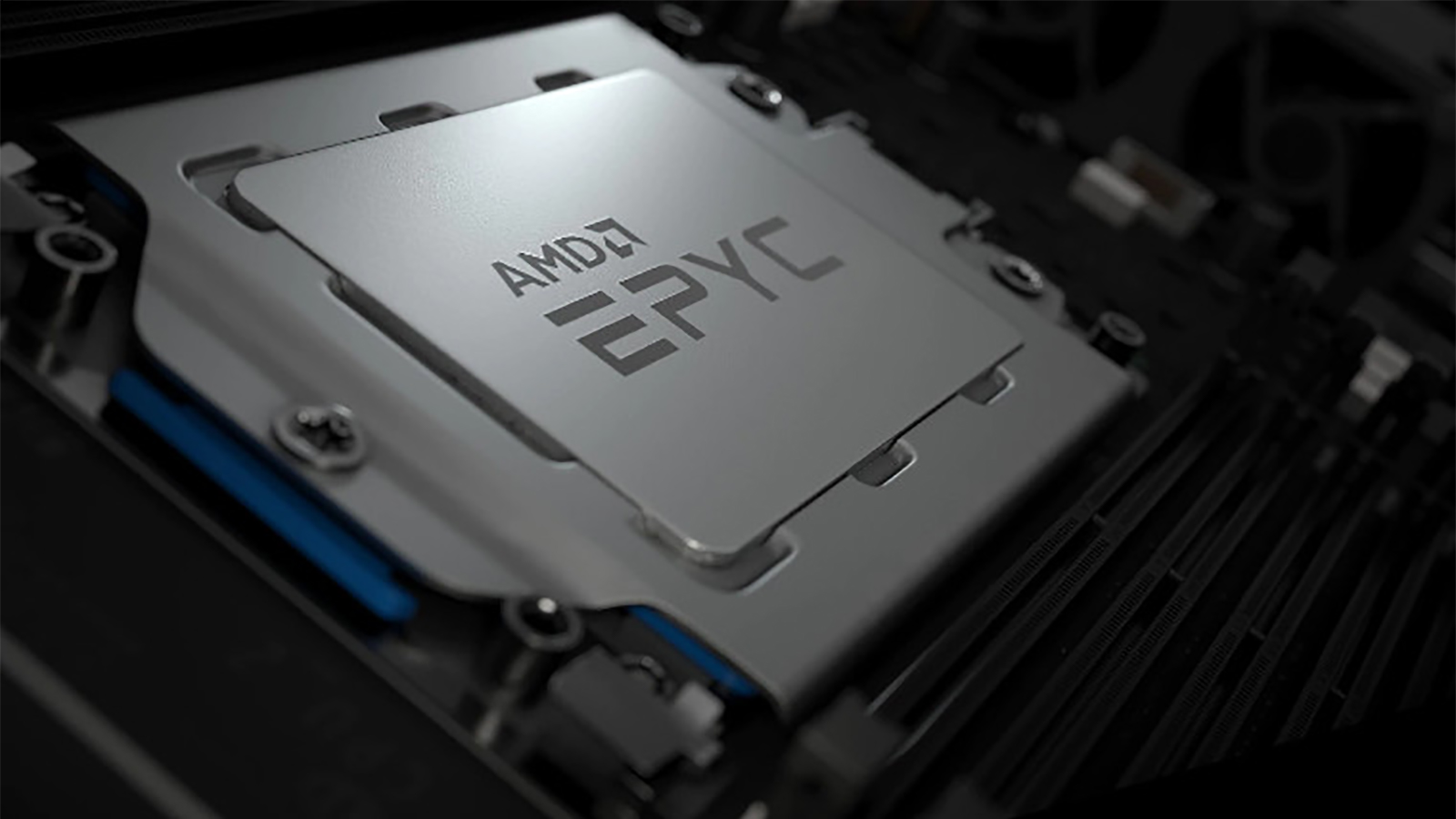With the success of CPUs like the Ryzen 9 5900X, AMD is now well into development of its next generation of processors, using the new AMD Zen 4 architecture. AMD Zen 4 promises improved performance over both previous generation Zen 3 chips and archrival Intel's upcoming Alder Lake and Raptor Lake processors.
This is especially true in the latter case where Intel's processors are still on a 10nm process, giving AMD Zen 4 performance a major head start thanks to its 5nm design. It isn't a complete apples-to-apples comparison though, since Intel is spicing things up a bit and introducing their first attempt at big.LITTLE architecture, based on the design pioneered by ARM and adopted most recently in the Apple M1 chip.
AMD Zen 4 doesn't appear to be going that route, instead focusing on using TMSC's new 5nm process to improve instructions-per-clock and possibly upping the core count on their flagship processors beyond the 16 typically seen on AMD's high end consumer chips.
It wouldn't be a surprise if AMD has shaken up its production roadmap somewhat even before the coronavirus pandemic in 2020 caused major disruptions in supply chains. Rumors in 2019 suggested a 2021 release, but those clearly haven't panned out as AMD Zen 4 is still some ways out. This leaves AMD's Zen 3 chips to compete against Intel Rocket Lake, Tiger Lake, and Alder Lake processors – one of the longest stretches without a major AMD processor generation release in about as long as we can remember.
So when can we expect AMD Zen 4 to finally start making it to market? How many cores will the flagship Ryzen 6000-series processor end up having? What kind of performance gains can we expect AMD to achieve using a 5nm process, and are they missing the boat by sticking with a traditional CPU architecture when the market seems to be moving towards the big.LITTLE design for both laptop and desktop systems? Read on to find out everything we know so far about AMD Zen 4 performance, price, and more.
Cut to the Chase
- What is it: AMD's next generation of CPU architecture
- When is it out: Most likely toward the end of 2022
- How much will it cost? Likely starting around $125/£90/AU$160 for low-end Ryzen 3 processors and going as high as tens of thousands of dollars/pounds for AMD Zen 4 EPYC server processors

AMD Zen 4 release date
AMD's own production roadmap suggested an AMD Zen 4 release in 2021, with rumors of mass production slated to begin in July 2020, but that might have been overly optimistic speculation on the part of some. A lot of things can cause development or production delays, like a global novel coronavirus pandemic, so the earliest we should expect to see an AMD Zen 4 is late 2022.
And while there is speculation that it may be announced alongside new AMD RDNA 3 graphics cards, that would be both unusual and a risky marketing move since that would almost certainly dilute the company's messaging around both Zen 4 and RDNA 3, so we expect that AMD Zen 4 will have the stage all to itself when it is finally announced.
- Where to buy AMD Ryzen 5900X and 5950X: who has stock?
This still puts AMD Zen 4's announcement about a year after the expected launch of Intel Alder Lake processors, something that should concern AMD – though the company has openly dismissed Intel's turn towards big.LITTLE processors as a technology in search of a purpose outside of mobile devices. The success of Apple's M1 chip hasn't seemed to change that stance, at least not officially.
Still, a whole year without a competing step up in processor generation sure looks like a gamble on AMD's part. Earlier this year, it hit relative desktop market share parity with Intel for the first time in 15 years, so stepping off the field as it were for that long might be the opening Intel needs to get its footing after a few tough years.
This is especially true since AMD Zen 3 doesn't have DDR5 or PCIe 5.0 support, while Intel Alder Lake will. While DDR5 will be supported in Zen 4, it's not known yet if PCIe 5.0 will be as well. Intel is going to a lot of builders looking to take advantage of these latest technologies pretty much all to themselves for several months to a year, at least.
- AMD vs Intel: which chipmaker does processors better?
- These are the best AMD processors of 2021
- We'll show you how to build a PC

AMD Zen 4 specs
There isn't a lot that we know about AMD Zen 4, at least not officially, beyond the fact that it is using TSMC's 5nm production process. There is a very strong expectation that AMD might be aiming for a higher core count with Zen 4 though, going as high as 24 cores for its consumer processors and even suggestions of a 128-core/256-thread behemoth for its EPYC server CPU.
Recently, AMD debuted a 3D chiplet technology in a prototype Ryzen 5950X chip that greatly expanded the available CPU cache for the processor, which alone provided the kind of performance gains normally seen with leaps in processor generations. This 3D architecture technique isn't just for cache though, and there's little doubt that these kinds of innovations will start being introduced in Zen 4.
There's also a lot of talk about AMD Zen 4 chips introducing integrated Navi graphics, which would be a major coup for Team Red as it would seriously beef up the graphics capabilities of its Zen 4 APUs, something that is sure to be popular with more budget conscious consumers and builders.

AMD Zen 4 performance
The most obvious improvement in performance is going to come from AMD Zen 4's move to a 5nm process. This could bring as much as a 1.87x transistor density improvement over the TSMC 7nm process used in AMD Zen 3. That's nearly double the density over Zen 3, which would imply some serious performance gains from this improvement alone.
More recently, this jump in power has started to come into better focus, with performance gains as large as 40% over its current gen processors being batted about online. We may see as much as a 25% boost in AMD Zen 4's IPC performance and, if AMD sticks with PCIe 4.0 for Zen 4, four additional lanes, 28 from the current 24. There's also talk of core frequencies of 5.0GHz for all cores, regardless of how many AMD ends up using in its next-gen processors.
While all of these, individually, would be impressive, taken together they could end up producing a massive performance improvement over AMD Zen 3 and whatever Intel has planned for its Raptor Lake processors, which are expected to be released around the same time.
- Keep up to date on all the latest tech happenings with the TechRadar Newsletter
from TechRadar - All the latest technology news https://ift.tt/3eSafUg
No comments:
Post a Comment